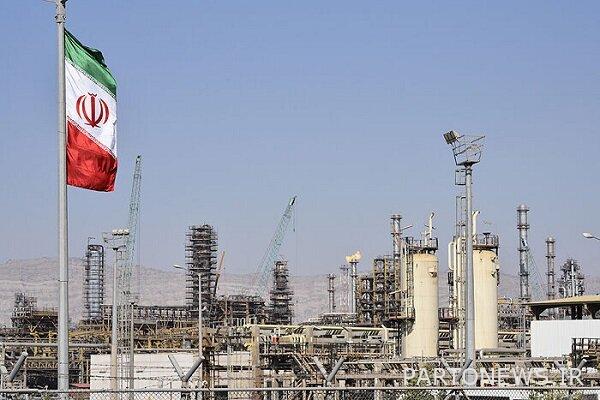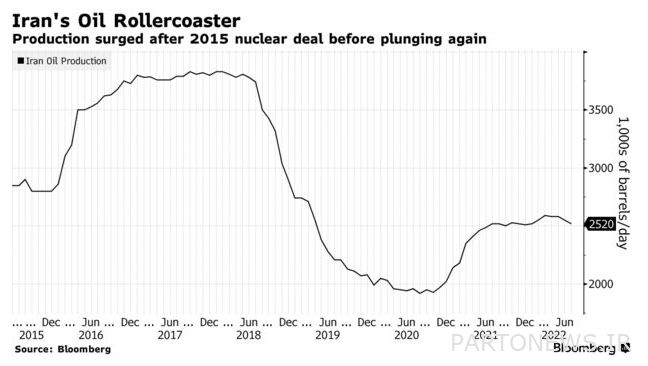How will the revival of the nuclear agreement affect the oil markets? – Mehr news agency Iran and world’s news

According to the Mehr news agency, the American news agency “Bloomberg” discussed in a report the feasibility of revitalizing the nuclear agreement and, if it is realized, the impact of the entry of Iranian oil into the world energy market, parts of which we read below;
Europe’s latest efforts in recent days to revive Iran’s nuclear agreement with the 5+1 group have made many think that millions of barrels of Iranian oil may flood the world markets. If the previous agreement of 2015 is a guide to the current path, the return to JCPOA could happen very quickly.
According to estimates made by the International Energy Agency, if the agreement is revived, Iran can increase its oil sales within a few months and increase the supply of this product to hundreds of thousands of barrels per day before the end of the year. This will improve global energy markets, which have been under severe pressure during this period due to the war between Russia and Ukraine.
After the implementation of the JCPOA agreement in 2015 and the consequent reduction of sanctions, Iran’s crude oil production was restored much faster than analysts had predicted. Even now, considering that there is no evidence of damage to the oil fields or its facilities, the probability that this amazing event will happen again is high. In addition, this country, i.e. Iran, has nearly 100 million barrels of crude oil and gas condensate in storage, which can immediately sell all of them to the market after the agreement is made.
Note: Comparison of production level compared to January 2016
This week, Iran responded to the “final” proposal to revive the 2015 agreement. The EU is now consulting with the US on the way forward. This plan, which is the last hope to save this agreement, has been prepared with the aim of limiting Iran’s nuclear activities in exchange for the reduction of sanctions, including the country’s oil sanctions.
Positive expectations about the quick return of Iran’s reserves to the market have caused the price of Brent crude oil to remain below $100 per barrel this month, a level it has exceeded since the start of the Ukraine war in February.
The prospect of a quick return to Iran’s reserves has helped keep Brent crude prices below $100 a barrel this month, a level above which they have been consistently since the start of the Ukraine conflict in February.
About the details of Iran’s oil assets, Iman Naseri, director of the Middle East department of FGA and an oil market consultant, said that “out of the 100 million barrels stored, about 40 to 45 million barrels of crude oil and the rest are oil condensates.”
When the obstacles to the sale of Iranian oil are removed and the time comes to supply it to the market, the most important challenge will be to restart the silent oil fields, adjust the contracts, prepare the ships and take the necessary insurance measures to send these barrels.
Of course, Iran has maintained its key relationships with some of its commercial clients during the years that it was under sanctions and banned from global trade.
The director of the Middle East department of “FGA” company added: Iran can add 900 thousand barrels per day to its production in about three months after the reduction of sanctions, and only after 6 months it will reach its full production capacity, which is nearly 3.7 million. May it be during the day, it will arrive.

Based on information and data collected by Bloomberg, Iran currently produces nearly 2.5 million barrels of crude oil per day. After reaching the 2015 agreement, it took about three months for Iran to add 700,000 barrels per day to its production and only a year to return to full capacity.

